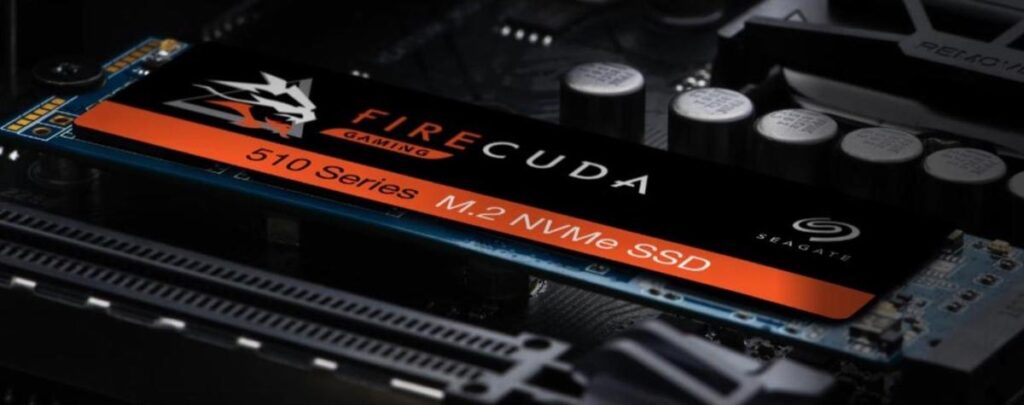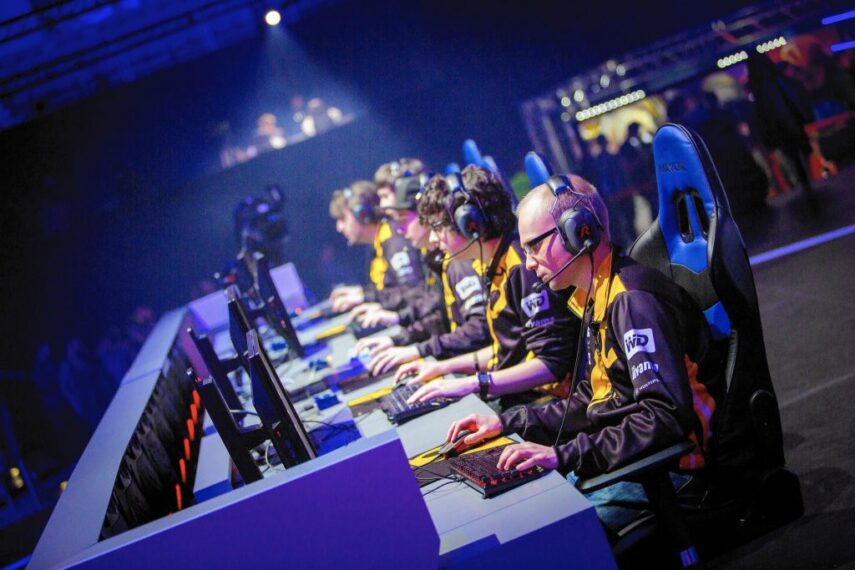While the video game industry can feel fast-paced and innovative at times, in other contexts, it is easy to assess it as having hit a stagnant patch where major leaps forward seem worryingly out of reach.
Thankfully the next half-decade should be a particularly fruitful one for gaming, thanks to the fact that a new console generation is getting underway at the end of 2024. With that in mind, here are some predictions for how this period will play out.
Ray-tracing will rise to prominence
PC gamers have been able to enjoy ray-tracing capabilities since 2018 thanks to NVIDIA’s range of RTX graphics cards, but so far, console owners have been kept out in the cold because of the sheer horsepower that is required to calculate the interplay of lighting in real time.
This is all set to change when the PlayStation 5 and Xbox Series X consoles hit the streets in the near future since both will support ray-tracing right out of the box and developers will be able to harness this feature to make their next-gen titles even more realistic.
The fact that only a handful of games offer support for ray-tracing at the moment is still something that nay-sayers of this tech point to as being a sign that it is a flash in the pan. However, console support will certainly help bring this feature into the mainstream and make it more viable.
Mobile will continue to dominate

While triple-A gaming experiences are still found predominantly on PC and console, there is no getting around the fact that mobile games make more money than both of these niches combined.
Part of this is down to the convenience that mobile play offers, but it is also the accessibility and the variety that smartphone gaming brings to the table that gives it the edge today. From support for the latest multiplayer hits like Fortnite to the availability of everything from casino games like the ones in Casumo to obscure indie titles, the future of mobile gaming is bright and can only get brighter.
Storage speed will matter

For most of its history, the gaming industry has been partly hampered by the speed with which hard disk platters can spin. This did not matter much when games were only a few kilobytes or megabytes in size, but with modern titles regularly exceeding 100GB and the quality of their textures and assets increasing all the time, more strain is being put on I/O to the point that serious bottlenecks are being hit.
Once again, the new console generation is riding to the rescue in this respect, allowing for a serious bump to the lowest common denominator of storage speed by switching to NVME SSDs that will give developers far more flexibility in the long run.
Of course, SSDs have once again been a staple of the PC market for quite some time already, but the point is that no developer would choose to take advantage of additional data bandwidth because the same functionality could not be guaranteed on other platforms. This should make the generational step forwards in console hardware a boon for gamers of every kind.
Esports will enter the mainstream

Even with all of the progress that has been made in the last decade, the esports industry remains a relatively minor niche compared to the broader world of professional sports.
What is set to change in the coming five years is the fact that a new generation of viewers are entering adulthood having grown up watching their favorite personalities play on Twitch and YouTube, meaning that the market for esports content will explode and traditional broadcasters will have no choice but to sit up and pay attention.
Of course, what is different about esports compared with established competitive pastimes is that the market remains relatively volatile. The popularity of certain titles can burn bright for brief periods before fading away, so hopefully, this will calcify in the near future and give more certainty and structure to this industry.
VR will face a reckoning

Virtual reality has never been more popular, although the issue that this aspect of gaming still suffers from is that there is both a high barrier to entry in terms of cost as well as intrinsic limitations associated with the physical side of enjoying VR experiences.
Even with the release of Half-Life: Alyx earlier in 2024, there is no denying the fact that VR remains a pursuit that caters to players with deep pockets and a desire to dedicate a large space to their pastime of choice.
PlayStation VR has arguably had the most prominent impact in terms of making it a more mainstream-friendly option, although there are no real must-play titles at the moment and whether or not it will continue to be a focus for Sony when the PS5 releases is another issue. The next five years will be a make or break period for VR because of all these factors.
Rockstar will rule the roost

It was recently announced that Grand Theft Auto V had sold over 135 million copies since it was originally released way back in 2013. This milestone is significant not only because it is so large, but also because the game is continuing to set new sales records irrespective of its age.
Developer Rockstar has even been instrumental in launching the next generation of consoles with this arguably decrepit title, since the PS5’s gameplay reveal featured GTA V prominently and the online component remains a draw for vast numbers of people from around the world.
Meanwhile, the promise of the next installment in this crime franchise should be enough to convince people to upgrade to the next console from Sony or Microsoft, even if they are still spending hours a day getting lost in Los Santos on their PS4 or Xbox One.
Ultimately it is the players and the viewers who will decide what direction the game industry takes, and consumers have never been more empowered.







